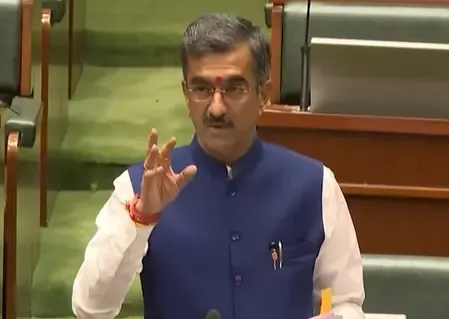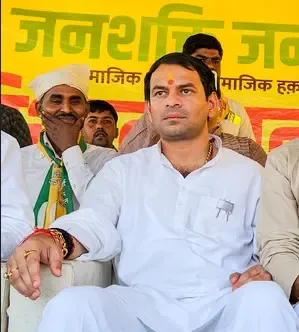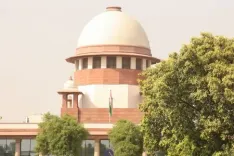Are There Really Nearly 96,000 Hazardous Buildings in Mumbai?

Synopsis
Key Takeaways
- Nearly 96,000 hazardous buildings identified in Mumbai.
- Tenants can receive Rs 20,000 monthly rent if they refuse to relocate.
- Transit camps have 20,363 available shelters for tenants.
- Owners' proposals for redevelopment approved within six months.
- Government will acquire land if owners do not act.
Mumbai, July 17 (NationPress) The Maharashtra Tourism Minister, Shambhuraj Desai, disclosed during the State Council meeting on Thursday that nearly 96,000 hazardous buildings have been identified following a survey by the Mumbai Building Repair and Reconstruction Board.
The state government has outlined firm measures to assist tenants residing in these perilous buildings, the Minister indicated.
He revealed that as of June 5, tenants unwilling to relocate to transit camps will receive a monthly compensation of Rs 20,000 to facilitate finding alternative housing.
This initiative has been sanctioned by Chief Minister Devendra Fadnavis, along with Deputy Chief Ministers Eknath Shinde and Ajit Pawar, and the relevant department.
Responding to inquiries from Congress MLA Bhai Jagtap, BJP MLA Prasad Lad, and SHIV Sena-UBT MLA Sachin Ahir concerning the redevelopment of Mumbai's buildings, Minister Desai noted that tenants of these high-risk structures have been periodically notified to relocate.
Currently, there are 20,363 shelters available in transit camps within the municipal region, with 590 shelters ready for immediate occupation. However, despite repeated notifications, many tenants are reluctant to vacate, which is alarming. To address this, two significant decisions were made in June 2025. The government decided to provide Rs 20,000 in monthly rent to tenants not willing to move, enabling them to find alternative accommodation.
The second decision, made on June 13, 2025, entails renting out certain buildings with 180 and 250 square foot flats for three years to serve as transit camps. Authorities will conduct meetings, awareness campaigns, and direct outreach to ensure tenants understand these measures. It is essential for residents of these buildings to actively participate and comply with government directives regarding moving out of these risky properties.
Regarding the reconstruction of these buildings, he clarified that, following an amendment to Development Control Rule 79A, any proposal from an owner would be approved within six months if they come forward.
If the owner fails to act, tenants have the option to form a society and submit a proposal. If neither scenario unfolds, the state government will proceed to acquire the land and appoint a developer via the Maharashtra Housing and Area Development Authority to oversee the project, the Minister concluded.









